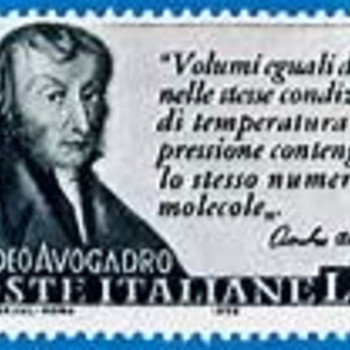Two intermolecular forces compete here:(i) hydrogen bonding; and (ii) dispersion forces.
In the absence of other intermolcular force, the bigger the molecule, the more polarizable it will be. Many electron atoms and molecules tend to be more involatile than atoms and molecules with smaller numbers of electrons. And thus hydrogen bromide, has a boiling point of #-66.8# #""^@C#, versus that of hydrogen chloride, #-88.0# #""^@C#. (Note that as a chemist, a physical scientist, you should have supplied these boiling points; you are required to interpret data not to remember them!)
In the given example, however, another potent (and stronger) intermolecular force operates, i.e. #"hydrogen bonding"#, which occurs when hydrogen is bound to a strongly electronegative element such as #"oxygen"# or #"fluorine"#. The boiling point of water is impossibly high at #100# #""^@C#; that of #HF# is anomalously high at #19# #""^@C# as well.
These boiling points are much greater than the boiling point of their congeneric hydrides in the lower Group atoms. You could also interrogate the boiling point of ammonia, #NH_3#, versus #PH_3#, and #AsH_3#. You could ask the same question of their boiling points as you asked here, and you would get the same answer.
For #HF#, as for #OH_2#, hydrogen is bound to a strongly electronegative element. Electronegative fluorine tends to polarize electron density towards itself to give a molecule we could represent as #""^(-delta)F-H""^(delta+)#. In solution, these dipoles tend to line up to give, #""^(-delta)F-H""^(delta+)⋯""^(-delta)F-H""^(delta+)⋯#, which constitutes an intermolecular force. For #H-F# this dipole, dipole interaction is strong. It operates in the lower hydrogen halides as well, but most strongly in #HF#.

